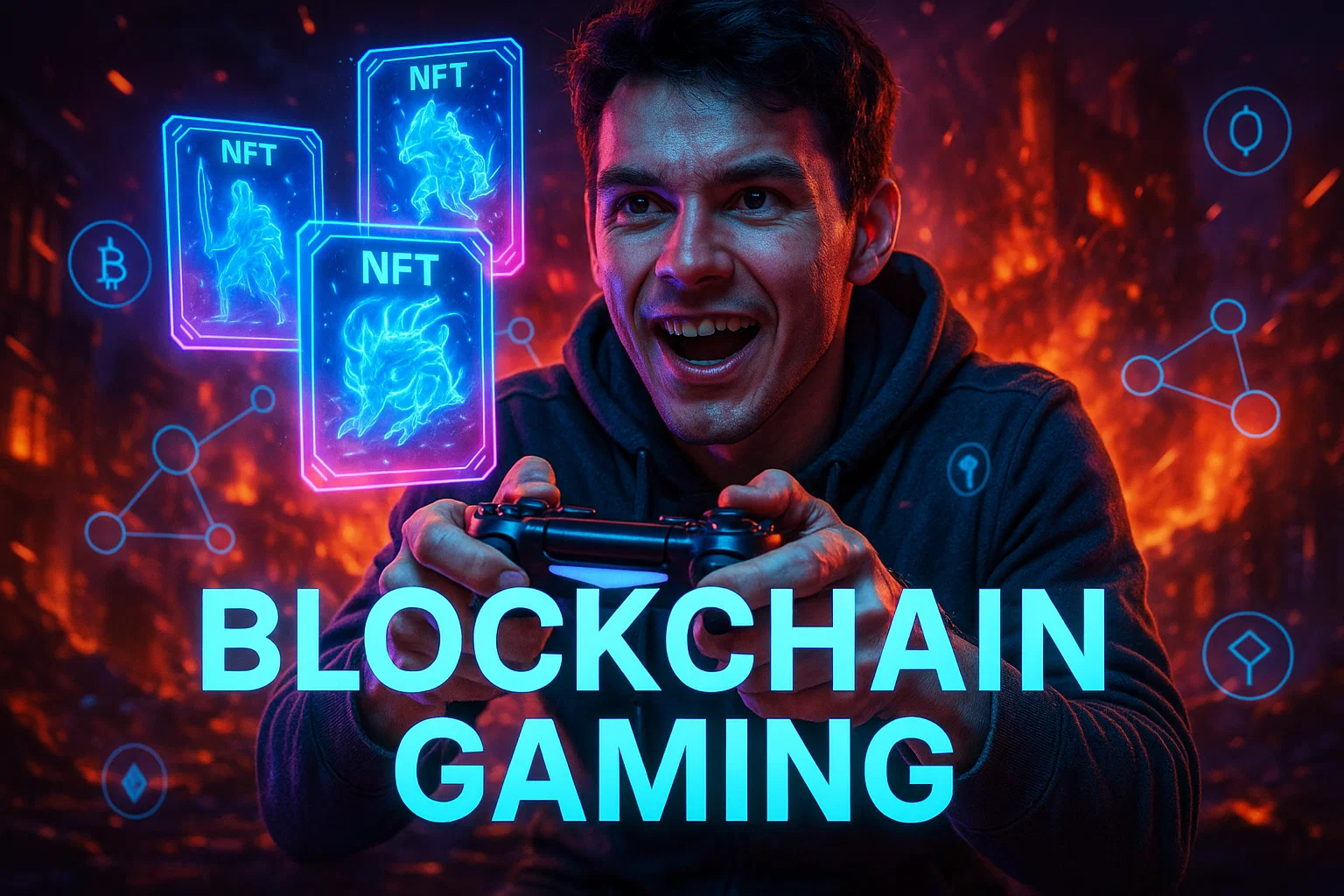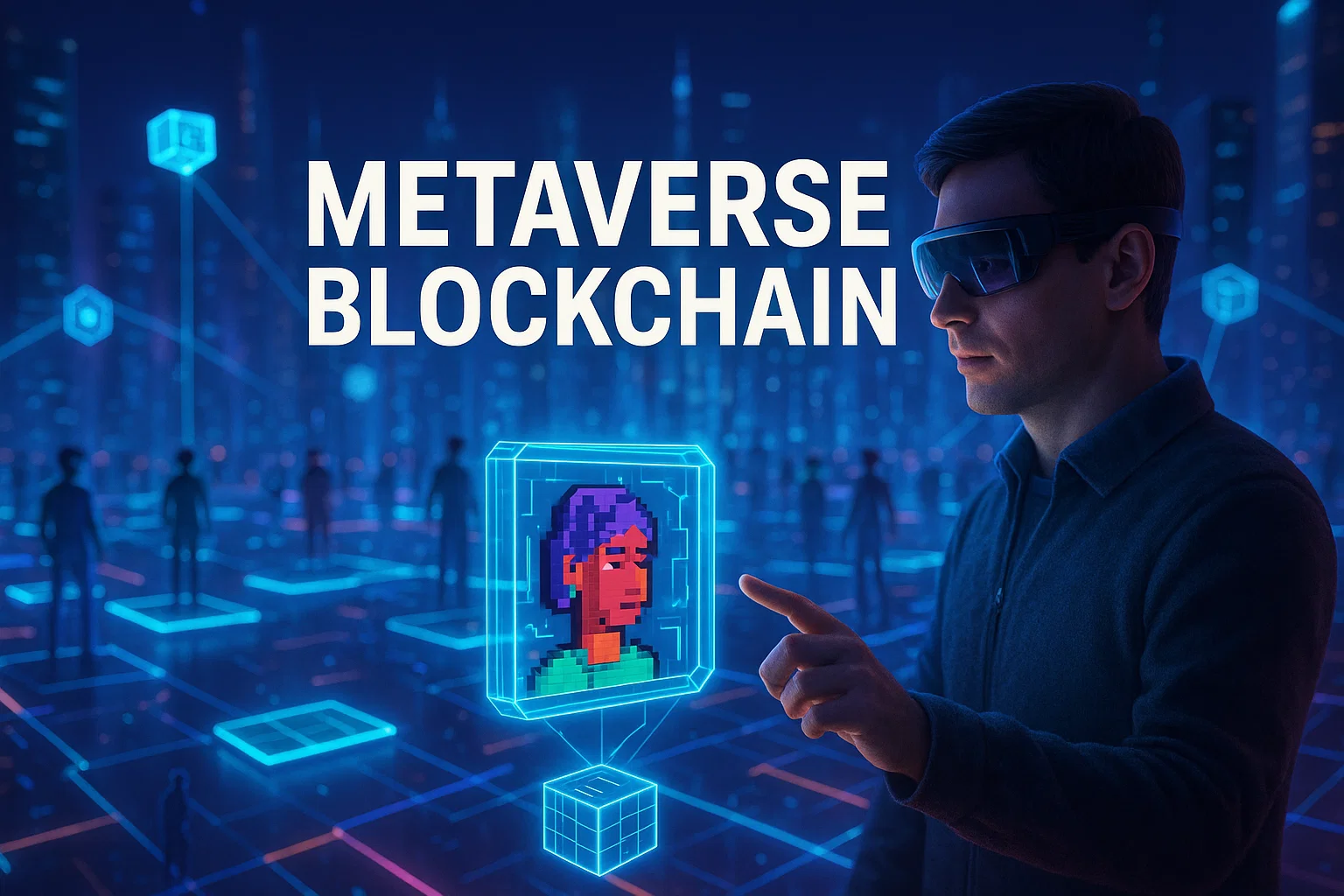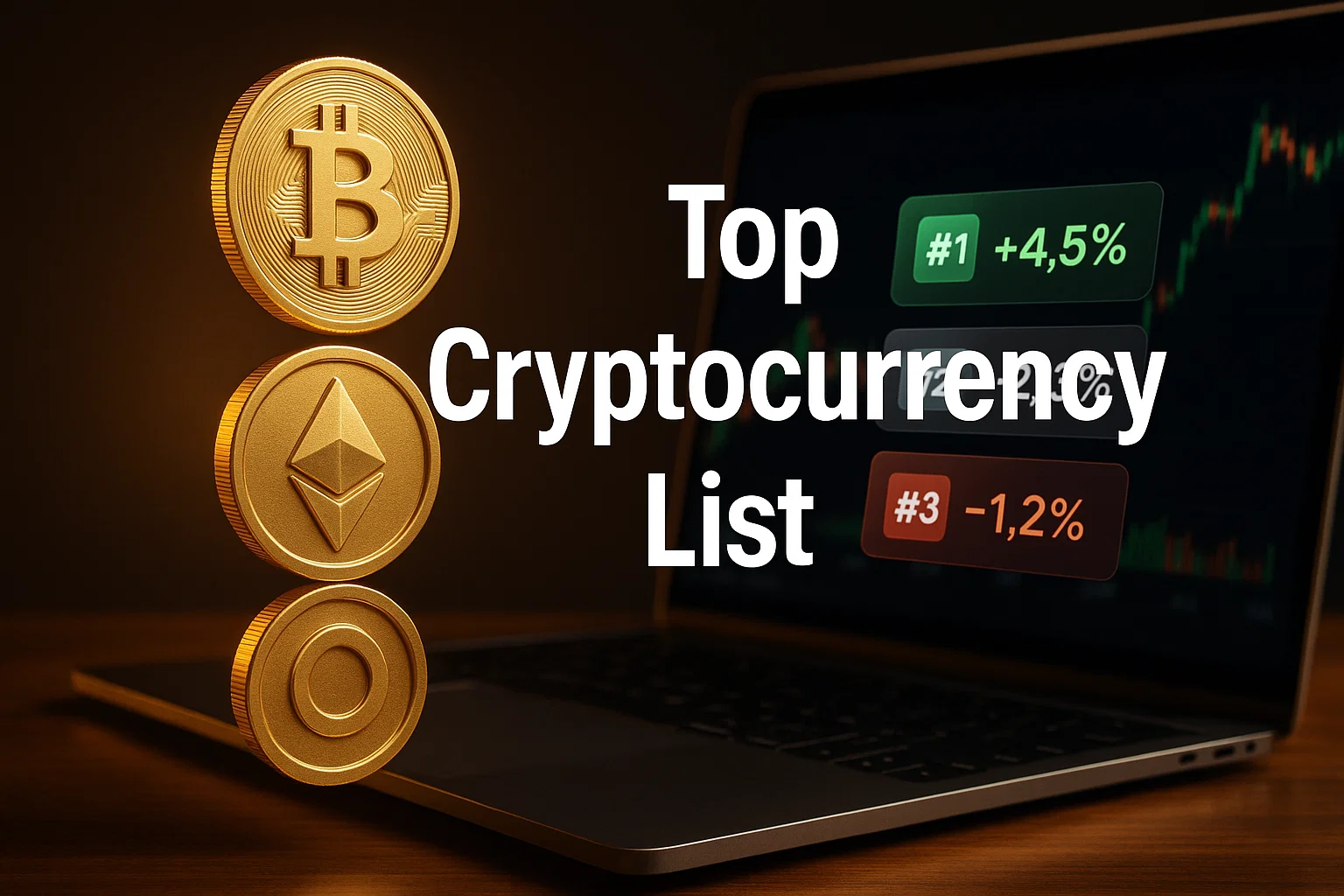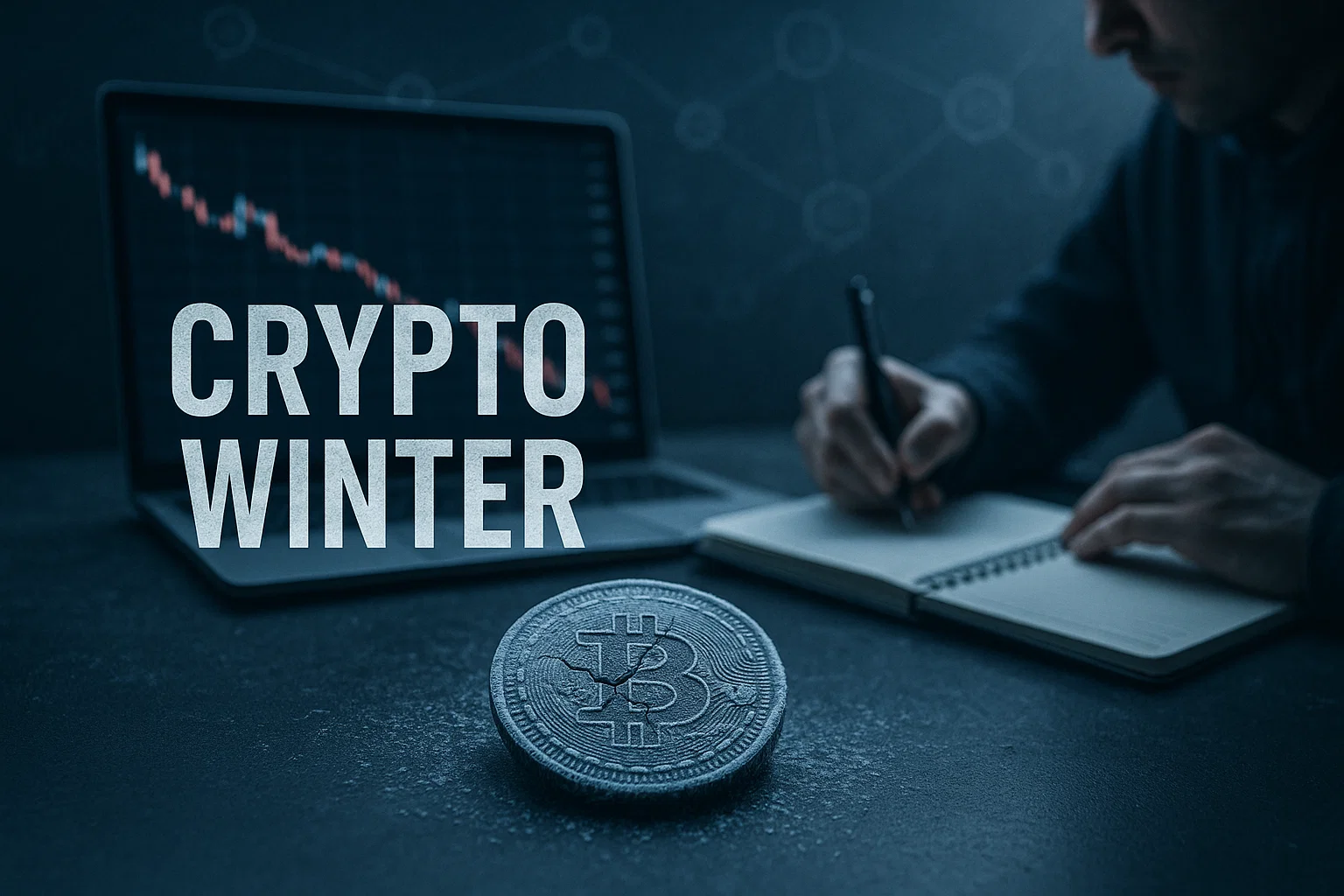Blockchain gaming lets players own in-game assets, earn tokens, and participate in game economies; use this guide to evaluate mechanics, prototype token flows, and build a resilient play-to-earn experience with practical steps and developer tools.
Introduction
blockchain gaming is the intersection of game design and decentralized tech, and this guide is informational with practical steps to help you design, prototype, and launch a playable Web3 title. You’ll get a clear definition, why the model matters, a step-by-step dev workflow, recommended tools, and a compliance checklist so your game can scale responsibly. I’ll reference platforms, analytics providers, and developer resources to make the path concrete. In my experience, starting with a narrow loop that rewards skill or time, not speculation, produces better retention and healthier tokenomics. Read on to learn how to build systems players love, while avoiding common economic pitfalls.
What blockchain gaming is and why it matters
Blockchain gaming uses blockchains to give players true ownership of in-game assets like NFTs or tokens, enable on-chain marketplaces, and sometimes offer play-to-earn rewards. This changes the relationship between players and games, by making assets transferable and composable across experiences. Many game indexes and analysts track user activity, showing the space has strong interest but also volatility and churn. DappRadar
Key features that define blockchain gaming
- Asset ownership, players hold NFTs or tokens representing items, land, or characters.
- Open economies, marketplaces and secondary trading let value move between players.
- Play-to-earn mechanics, rewards distributed as tokens or tradeable items.
- Interoperability, assets may be used across compatible games or metaverses.
Why designers and studios care
Ownership can boost player investment and monetization diversity, while token rewards open new engagement models. However, games that treat tokens as primary gameplay drivers without strong retention design risk short lifecycles. Industry trackers show many titles succeed with clear utility, but others struggle with sustainability. CoinDesk
Many analytics platforms highlight a mix of rapid user growth and high churn across titles, indicating that engagement design matters as much as on-chain mechanics. (DappRadar) DappRadar
How to design and build a blockchain game, step-by-step
Use this practical workflow to move from concept to playable prototype.
- Define the player loop and core value
- Decide what keeps players coming back, for example daily challenges, PvP ladders, or collectible progression. Token rewards should reinforce that loop, not replace it.
- Choose what’s on-chain
- Put ownership and trading on-chain, keep fast loop game logic off-chain or in L2s for low latency and cost. Balance transparency with speed.
- Design tokenomics and economy
- Define token supply, sinks, minting cadence, and how players earn. Model inflation scenarios and simulate worst-case behaviors.
- Prototype quickly
- Build a minimal playable loop with local assets, add NFT minting and marketplace flows as independent components.
- Test with a closed group
- Run a small alpha to validate retention, token distribution, and marketplace dynamics.
- Hardening and launch
- Audit contracts, add monitoring, and prepare support and moderation tools for marketplace disputes.
Developer example — fetch market data for a game token (Python)
# python
# Minimal example to fetch token price data from CoinGecko, with basic error handling
import requests
def get_token_price(token_id="axie-infinity"):
try:
url = f"https://api.coingecko.com/api/v3/coins/{token_id}"
r = requests.get(url, timeout=10)
r.raise_for_status()
data = r.json()
return {"name": data["name"], "price": data["market_data"]["current_price"]["usd"]}
except Exception as e:
print("Fetch failed", e)
return None
if __name__ == "__main__":
print(get_token_price("axie-infinity"))
Explanation: Use this to add live token price or market data into dashboards or in-game UIs. Replace token_id with the coin slug you track.
Quick prototyping tips
- Start with a single rewarded action, not a full economy.
- Keep minting rare, controlled, and useful.
- Use layer 2 or sidechain solutions for cheap user transactions.
Best practices, recommended tools, and quick start tips
Focus on player experience and resilient on-chain design.
Design and production practices
- Separate game-critical logic (fast, off-chain) from ownership and trade (on-chain).
- Build sinks to remove tokens and control inflation.
- Use rate limits and locks to protect markets from instant dumps.
- Design onboarding so players understand wallets, gas, and custody.
Recommended tools, pros and cons, one-line start tip
Alchemy (developer APIs)
Pros: reliable node and NFT APIs for multiple chains, easy integration.
Cons: paid tiers for heavy use.
Tip: Register a free key, prototype NFT minting via their NFT API. Alchemy
CryptoZombies (learning Solidity)
Pros: interactive lessons that teach contract development through game examples.
Cons: teaching-focused, not production-ready scaffolding.
Tip: Complete a lesson to understand Solidity patterns for game assets. cryptozombies.io
DappRadar / analytics platforms
Pros: market and engagement metrics, helps benchmark titles.
Cons: aggregated metrics need human interpretation.
Tip: Use analytics to validate active wallet and retention signals before scaling. DappRadar
Metrics to track
- Retention at day 1, 7, and 30.
- Average revenue per daily active user.
- Marketplace liquidity and spread.
- Token velocity and sink effectiveness.
Challenges, legal and ethical considerations, troubleshooting
Blockchain gaming can create regulatory and ethical complexities; prepare a compliance-first plan.
Key challenges
- Token-driven speculation, which can shift focus from fun to profit.
- Regulatory uncertainty, tokens may be classified differently across jurisdictions.
- User protection, kids and vulnerable users can be exposed to financial risks.
Compliance checklist (actionable)
- Determine whether your token triggers securities or gambling laws.
- Collect KYC where required for fiat on/off ramps and large transactions.
- Implement age gating and clear articulations of financial risk in TOS.
- Keep audit logs, avoid ambiguous reward language, and document tokenomics clearly.
Alternatives and mitigations
Use non-financial NFTs, cosmetic-only assets, or custodial wallets to lower user friction and regulatory exposure. Consider delaying token launch until the game has stable metrics.
Industry commentary advises treating token launches like product launches, aligning them with clear utility and governance plans to avoid market-driven collapse. (CoinDesk) CoinDesk
Launch and growth tactics
- Run limited alpha with controlled token drops to seed marketplaces.
- Partner with guilds and communities for user onboarding.
- Offer staking or utility that encourages holding rather than instant selling.
- Monitor on-chain flows and respond to exploit-like behaviors quickly.
Conclusion and call to action
Blockchain gaming opens fresh design space, but success depends on solid game loops, careful tokenomics, and player-first design. Start small, prototype token mechanics in a closed alpha, and test economic models before scaling. Key takeaways: prioritize fun, design sinks to control inflation, audit and monitor deeply.
Welcome to Alamcer, a tech-focused platform created to share practical knowledge, free resources, and bot templates. Our goal is to make technology simple, accessible, and useful for everyone. We provide free knowledge articles and guides, ready-to-use bot templates for automation and productivity, and custom development services for bots and websites on request. Use Alamcer resources to prototype your next blockchain game or contact us for hands-on help building secure token flows and integrations.
External resources
- DappRadar game analytics and rankings for on-chain metrics. DappRadar
- CoinDesk analysis for industry perspectives and investment context. CoinDesk
- Alchemy developer hub for NFT and node APIs to build game backends. Alchemy
- Google Search Central for SEO best practices to help your game content reach players. Google for Developers
Bold takeaways:
Keep the gameplay first, tokens second., Model and test tokenomics before public minting., Use analytics to guide growth and safety.
FAQs
blockchain gaming
Blockchain gaming is the use of decentralized ledgers to give players ownership of in-game assets, enable on-chain marketplaces, and sometimes provide play-to-earn rewards, combining game design with token economies and NFTs.
How does play-to-earn work in games?
Play-to-earn rewards players with tokens or NFTs for completing game actions, which can be traded or sold; sustainable models tie rewards to lasting utility and sinks to reduce inflation.
What tech stack do I need for a blockchain game?
A typical stack includes a game engine, a backend server, smart contracts on a chain or L2, an NFT marketplace, and node/API providers like Alchemy for reliable blockchain access. Alchemy
Are NFTs required for blockchain gaming?
No, NFTs are common for ownership, but you can build token-only economies or off-chain ownership models to reduce costs and complexity.
How do I prevent token crashes after launch?
Limit initial supply, stagger token releases, build utility and sinks, and avoid token rewards that outpace real demand; monitor secondary markets and adjust economy levers.
Which chains are good for games?
Choose chains or L2s with low transaction costs and strong tooling ecosystems to keep UX smooth; evaluate developer support and user wallets during selection.
Can I test a game without real money?
Yes, run a closed alpha with test tokens, simulated markets, and limited minting to validate mechanics before exposing real value.
How do I handle legal and age concerns?
Include clear TOS, age gating, and risk disclosures, implement KYC where required, and consult legal counsel for token classification and gambling laws.
How do I learn smart contract development for games?
Use interactive tutorials like CryptoZombies to learn Solidity basics, then practice by building and auditing small NFT contracts. cryptozombies.io
When should I consult a professional?
Consult legal and security professionals before public token launches, major fundraising, or when handling user funds, to reduce regulatory and operational risk.
Compliance & disclaimer
This guide is educational and not legal, tax, or financial advice. Follow platform Terms of Service, and applicable privacy and financial regulations like data protection rules when handling user information or funds. For specific legal or regulatory guidance, consult a qualified professional.



